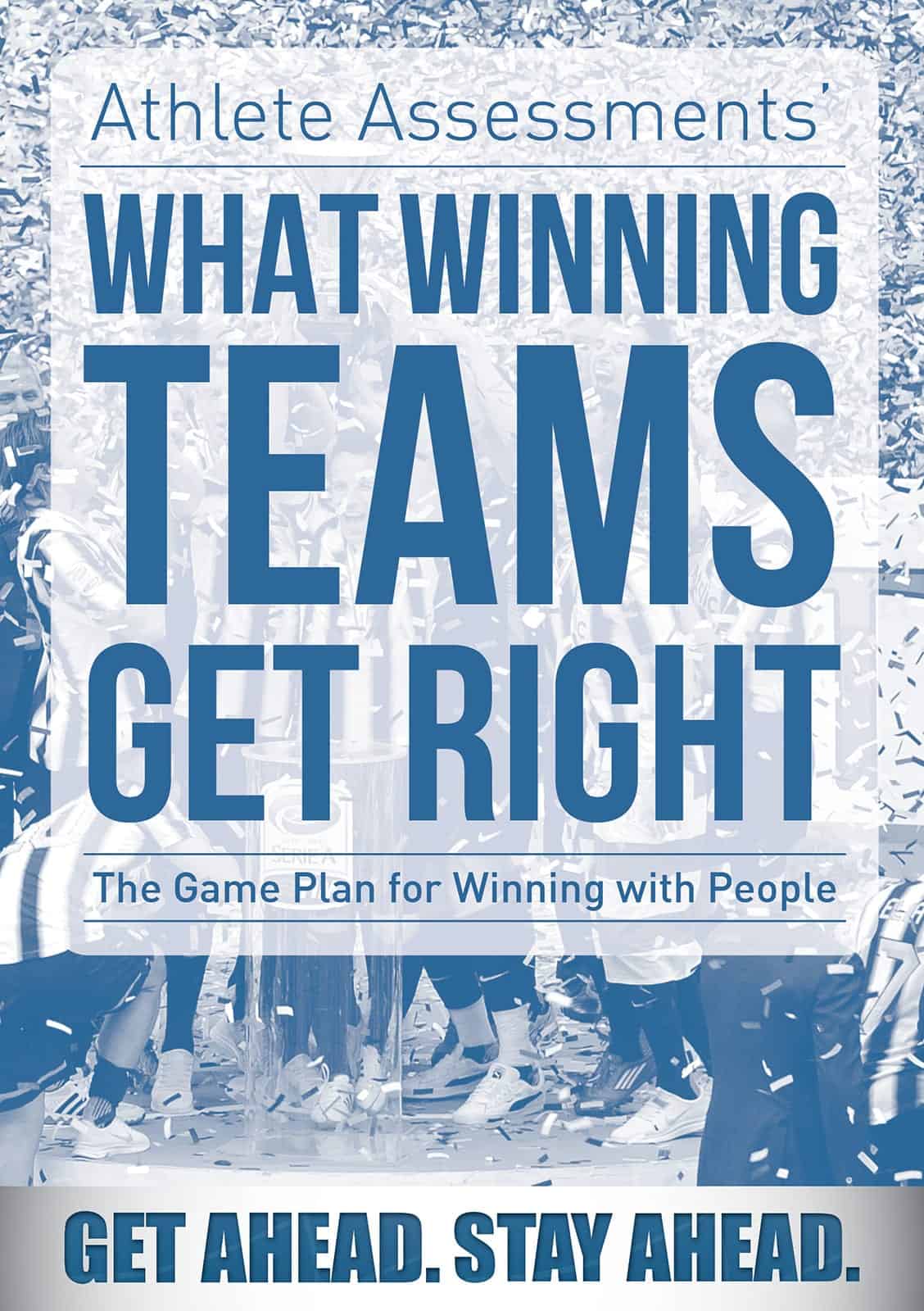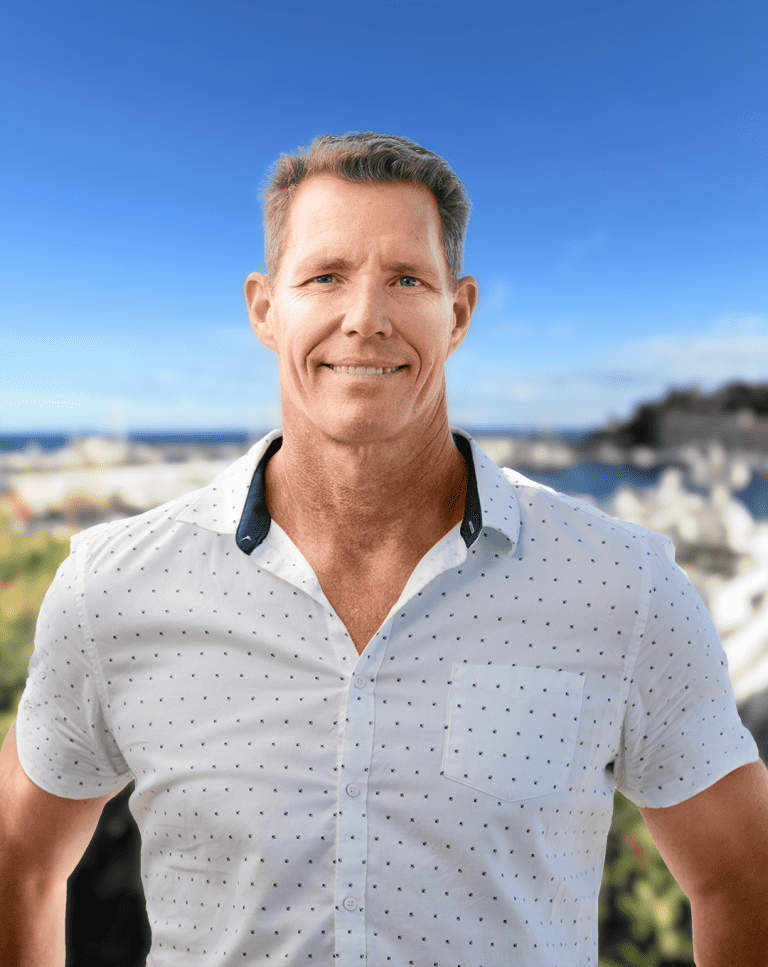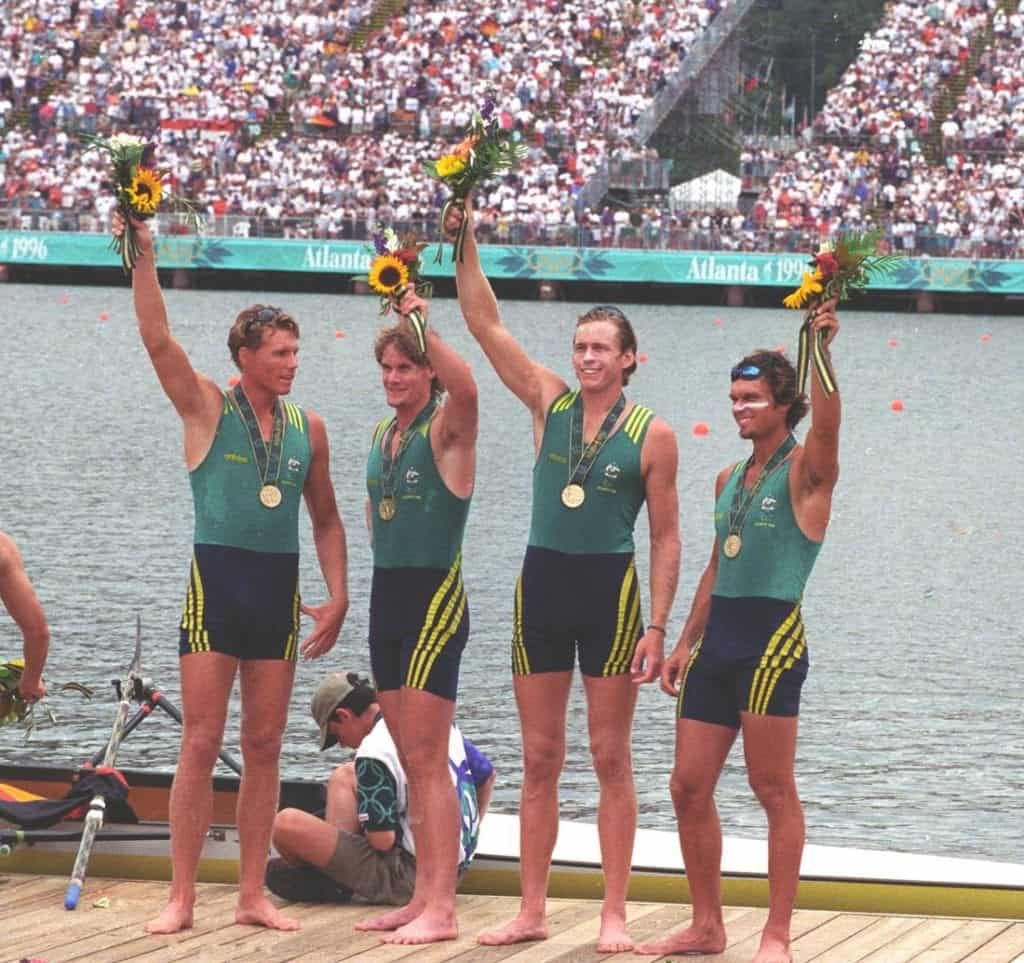By Bo Hanson, Four-time Olympian, Coaching Consultant and Director of Athlete Assessments
Synergy: The sum of the team being more than the total sum of its individual parts. The unique situation where the best individual performance on the team, does not outperform the overall team’s performance.
You might think that rowing is the ultimate example of synergy in action. However, even in rowing, achieving synergy is a rare event. Sometimes it is merely a passing occurrence, achieved once, maybe at practice, maybe during your most important race, but not every time your boat is on the water.
What is Synergy?
In any context where people have to work together to achieve a common team outcome, synergy is ultimately measured by the ability of a group to outperform even its best individual member. Team synergy is a critical element for high-performance Teams and is usually what defines winning crews compared to those who promise much on paper, but in reality deliver very little. Synergy can also occur in music when you are listening to your favorite band or a wonderful orchestra or college band during a football game. In this instance, the sum of all the individual group members creates an amazing effect where they combine to deliver an incredible sound. The individuals playing the instruments work together in harmony to produce a unique product which, for anyone else, is impossible to create.
As you know, any band can play a Beatles song, but there will only ever be one Beatles band. This is due to another team phenomenon called Tacit Knowledge (of which there is an article on our website describing what this is and its link to synergy). Tacit knowledge is the non-codified knowledge individual team members have about each other which they themselves may not consciously be able to define, but which enables them to perfect their timing as a team. In rowing, tacit knowledge is seen in how crew members can feel another’s rhythm and predict without having to be told, to vary their stroke power phase to fit their boat or fellow team member’s.
To give a rowing analogy for synergy, I vividly recall analyzing the biomechanical profile of a rowing four I was part of. The biomechanist suggested we should not be rowing as fast as we were, purely based on the numbers he had at his disposal. In theory we should not have been winning but we often were. Unfortunately, we were unable to create the highest level of synergy every time and creating synergy in the Olympic Final is especially hard. However, the best crews often either get close or actually achieve this synergy. We won a Bronze Medal in Sydney in 2000 in the crew I am referring to. In this final 0.29% was the difference between the Gold and the Bronze Medal. Synergy can be this difference of less than one percentage point…and this is what makes sporting synergy so difficult to achieve, yet so prized when it is.
Often in rowing or other sports, team members fail to work together (for various reasons). The results is ‘Working as Individuals’ and this is the equation for this:
1 + 1 + 1 + 1 = less than 4
But in a synergistic team, the sum of the team is more than the total sum of its individual parts. It is a team where the best person or individual on the team (of which there will always be one) will never outperform the team. In the equation, the result will be greater than four. The more beyond 4, the more synergy is created and Gold Medals become a reality. In a Synergistic Team:
1 + 1 + 1 + 1 = greater than 4
In elite sport, where 0.1% can make all the difference to your result, if your synergy adds up to 6, maybe you win a gold medal, if it adds up to 5.8, maybe you don’t make the finals. It is rare to get to this level of high-performance, but when it does happen, some pretty incredible results can be achieved.
Synergy and Star Athletes
In sports such as football, achieving synergy becomes more challenging when one player is outperforming the team’s result. This is a situation where one of the players has achieved great individual statistics and at the end of the game the team has lost. In a rowing crew making this observation is more difficult as there are no individual statistics taken post-race, however, we have all seen the impact of massively talented individuals who physiologically can do incredible things on the ergo machine yet fail to combine with others in the boat in the dynamic environment on the water.
We may also at times, selected crews purely on physical talent and this has not created winning results. When individuals in the boat are more concerned with being the best rower in the boat, your crew is undermining the potential for synergy. This often happens when the rower has overstepped their role, trying to do too much, pulling too hard at the wrong time and out of sync with others. No doubt you have sat in your speed boat behind your crew, particularly in smaller boats like fours and pairs and seen the stern kick from side to side. The miss-timed power phase is obvious. Sometimes being the best rowing for the boat means not pulling too hard…This is the critical concept which is fundamental to synergy – how to be the best rower FOR the boat, instead of the best rower IN the boat.
So how do you ensure you utilize your individual rowers without compromising your team’s synergy?
The solution requires complete knowledge and understanding of an individual’s physical strengths and limitations as well as their unique behavioral style (personality) which obviously is a determining factor on how they would like to make a contribution to the boat. Then we need to educate the rest of the crew on how to best combine together from both the biomechanical (physical and technical) and the interpersonal perspective.
When the crew members also know their role in helping another crew member be even more effective in the boat, they can take ownership and make adjustments to be the best rower for the boat. Synergy is more likely to happen if everyone understands their role in creating it. However, this is much harder than simply selecting the most physically talented individuals and allocating seats, then hoping for the best they will naturally find a way to combine efficiently. If the rowers have no awareness of themselves or each other, the possibility of this happening is close to zero chance.
Of course, prioritizing the mental or interpersonal (call it whatever you choose) side of any sport is rare. We have now worked with more than 400 teams across 24 different sports and literally thousands of other coaches and I assure you, if you are looking for a competitive advantage over others, you just have to understand that developing your and your rowers’ interpersonal awareness and mental skills is just as critical as the physical and technical skills. Imagine your mental skills and self-awareness development program as the same as your physical strength and conditioning program. Spend two or three sessions a week visiting these areas for a portion of the weekly program. They do not replace the on-water or physical conditioning, they run concurrently. You can email us to find out how to do this, if you are interested.
Behavior of Crews with Synergy
So what behavior does a crew with synergy display? Crews which possess synergy have outstanding interpersonal skills. They readily look for opportunities to combine their efforts with other crew members instead of competing with them. They understand who they are (self-awareness), how they want to contribute and they understand their crew members.
In addition, they actively look for the points where they agree and disagree, have differing skill levels or other points of difference. They see difference as a positive. They even help to bridge technical skill gaps within the crew, helping to educate other crew members to improve them. Interpersonal diversity is valued. Then based on these differences, they encourage ‘conflicts’ amongst the crew members in the early Stages of the Team’s Development (Forming stage) so all can gain better understanding of each other. As we know, when the pressure of the final event is upon us, your crew will either combine together stronger or will tear apart at the seams. If you have been coaching long enough, you absolutely have witnessed this.
When these potential ‘conflicts,’ are addressed at the earliest stage of team development when stakes are low and emotions are stable, a quality discussion where genuine understanding of each team member’s skills, abilities, views, opinions and attitudes can be fleshed out in a productive manner. When technical differences are addressed and a plan is hatched which represents what is best for the boat to go its fastest, then there is a strong possibility of future success.
Behaviors of Ineffective Crews
On the other hand, ineffective crews display different behaviors which indicate that they are unlikely to develop synergy. These ineffective crews feel a need to establish a common view quickly. They brush past deciding on the goals to be achieved, the roles to be allocated and if any differences arise they are quickly overlooked or the most influential rower (stroke or most experienced) makes decisions in isolation to others. They try to hurry through the Forming stage of Team Development. (See our website for videos and articles on the Stages of Team Development.)
When it comes to making decisions, the crew may resort to simple methods such as averaging or flipping coins. The crew focuses on completing “doing the program” in the quickest way possible – just get out and row, rather than spending time deciding key technical points to improve or discussing areas of how to further challenge each other.
When it comes to conflict, it is usually dismissed quickly instead of discussed and most often is just dealt with by the coach alone who “sorts it out.” This kind of behavior where conflict is not handled correctly leads to poor performances. When issues are not resolved (often in the forming or storming stages of team development), they fester and come up again later in the season when the pressure escalates. Often these tiny issues become large and potentially ‘season ending’ if they crop up during highly stressful moments such as in competition or heavy training times.
10 Characteristics of Synergistic high-performance Crews
To summarize, here are 10 characteristics present when a high-performance crew also has synergy.
- Purpose: Members proudly share a sense of why the crew exists and are invested in accomplishing its mission and goals.
- Priorities: Members know what needs to be done next, by whom, and by when to achieve team goals. Everyone does their bit to add value – no one passes tasks to others.
- Roles: Members know their roles in getting tasks done and when to allow a more skillful member to do a certain task. They also do tasks which suits their type of personality or behavioral style.
- Decisions: Authority and decision-making lines are clearly understood and consensus is the norm. Coach knows when and when not to involve the crew also.
- Conflict: Conflict is dealt with openly and is considered important to decision-making and personal growth.
- Personal traits: Team members feel their unique personalities are appreciated and well utilized – not ostracized for “being different”. This extends to physical abilities where rowers perform within the “framework” of what is best for the boat in terms of rhythm, length and arc to row and other bio-mechanical elements. Always looking for matching and rowing the “perfect” power phase for the rest of the boat.
- Culture: Group standards of behavior for working together are set and seen as appropriate for everyone in the team. Training standards are upheld as number one priority to achieve in the process and non-negotiable.
- Effectiveness: Team members find team meetings and other team opportunities efficient and productive and look forward to this time together.
- Success: Team members know clearly when the team has met with success and share in this equally and proudly. It is not simply a measurement of who won the race. Teams have their own standards to live up to.
- Training: Opportunities for feedback and updating skills are provided and taken advantage of by team members. Crews have formal and informal feedback with coach and each other and take the feedback with an attitude of “this is helping me improve.”
We hope you have found this article valuable. Synergy is a concept which is easy to discuss and much more difficult to create. However when a crew does achieve synergy, they are remembered as a champion team, not a team of champions.
Where to from here…
If you have any comments, suggestions or advice on this article, we’d love to hear from you – please contact me to share your thoughts (see below).
A version of this article was first published by Athlete Assessments in their September 2013 Newsletter. If you’d like to subscribe to future newsletters or contact Athlete Assessments, go to the website. Also, if you’d like a copy of any the resources mentioned above, contact our office directly as per below: www.athleteassessments.com, call 760 742 5177 or email coach@athleteassessments.com.
Bo Hanson was previously a consultant coach with the USRowing men’s team. He was also one of our 2009 and 2010 USRowing Convention presenters and after such overwhelming feedback from the delegates, we asked Bo to share his most valued rowing advice with our readers on a regular basis. Bo’s own rowing career spanned four Olympic campaigns, winning three medals for Australia and he was and remains the youngest rower to compete at an Olympics for his country at 18 years of age. He is now an in-demand coaching consultant for Athlete Assessments (www.athleteassessments.com) and works with coaches across a vast range of sports. He maintains a personal connection to rowing coaching through his involvement with his own high school and the rowing clients he consults to.





